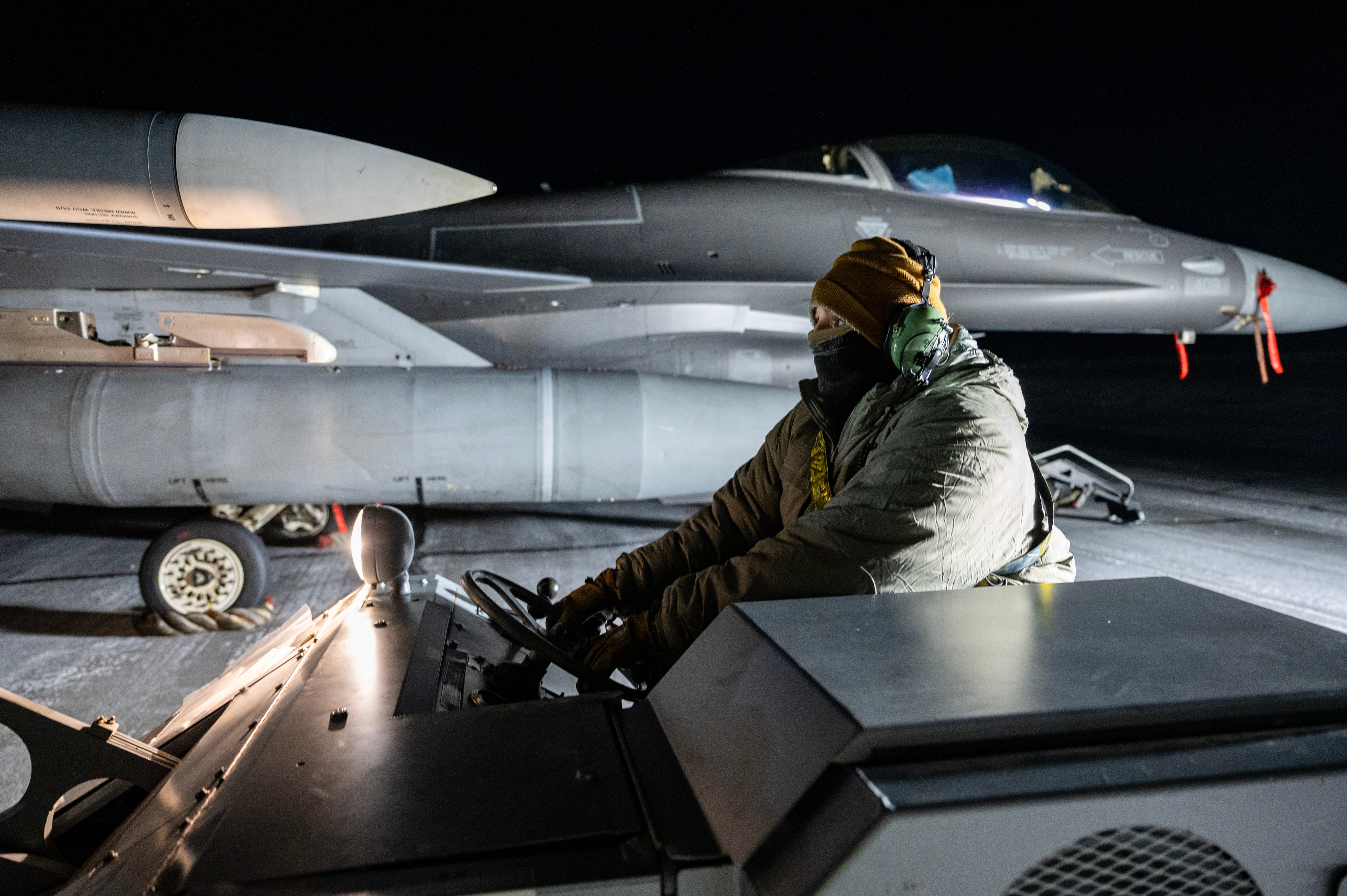The Marine Corps plans to continue downsizing, while asking for a slightly bigger budget, according to the 2022 budget request released on Friday.
Overall the Corps’ budget increased to $47.86 billion in 2022 from $45.06 billion in 2021, despite plans to reduce the active duty manpower in the Marine Corps to 178,500, from the 181,200 Marines authorized in fiscal year 2021.
All of the cuts will come from the enlisted side, with the Corps planning on cutting 3,066 enlisted Marines. The Marine Corps plans on adding 366 officers during the same time period.
The Corps ultimately wants to cut to about 174,000 active-duty Marines by 2030, as it plans to modernize and focus on a war against a near-peer adversary like China or Russia.
RELATED

If the Corps shrinks to 174,000 Marines it will line up with the end strength authorized in 2002, when the Marine Corps was just starting to grow after the Sept. 11, 2001, attacks.
The downsizing will come with “talent management reform,” which will ensure the Corps retains the “most talented Marines” and replaces “individuals leaving the Marine Corps with even more talented Marines,” a summary of the budget proposal said.
The Corps plans adopting a model that is “focused on the longer-term” and retaining the good Marines, rather than simply ensuring Marines make it through their first enlistment.
Berger’s vision of a dispersed forced that may give platoons responsibilities currently retained for companies or battalions, will require an older more experienced force.
While the Corps looks to shrink the active-duty force, it plans on increasing the reserves end force by 600 Marines in 2022, according to the budget proposal.
Marine Corps Commandant Gen. David Berger has said he plans on using the money saved by shrinking the force, along with cutting “legacy” capabilities like tanks and tube artillery, to reinvest in the more important technology for the future war.
The budget proposal calls for $102.7 million investment in research and development for the ground based anti-ship missile and the remotely operated ground unit expeditionary fires vehicle.
The system combined system basically removes the cab of the joint light tactical vehicle and straps a missile capable of sinking ships to the back.
The Marine Corps already tested the combination in early 2021 with some success.
“The experimentation that we’ve done now to date successfully using lightweight mounted fires ― think the back of a Joint Light Tactical Vehicle ― is killing armor at ranges, rough calculation, about 15, 20 times the range that a main battle tank can kill another main battle tank,” said Lt. Gen. Eric Smith, deputy commandant for Combat Development and Integration, according to the U.S. Naval Institute.
The Corps also will increase its procurement budget for the amphibious combat vehicle, the replacement for the Vietnam-era amphibious assault vehicle, by $95 million.
“The plan for the ACV is to increase the buy from 72 to 97 vehicles in FY22,” Navy Rear Adm. John Gumbleton, deputy assistant secretary of the Navy for budget, said on Friday. “The tank divestiture is a piece of that.”
The Marine Corps slightly increased its procurement budget to $3 billion in 2022 from $2.7 billion in 2021.
The Marine Corps also hopes to increase its ammunition budget in the upcoming fiscal year, from $292 million in 2021 to $427 million in 2022.
The increase is a possible sign that Marines will spend more time in the field as the service conducts experiments on the best way to face off against China and Russia.










